Fluffy and feathery
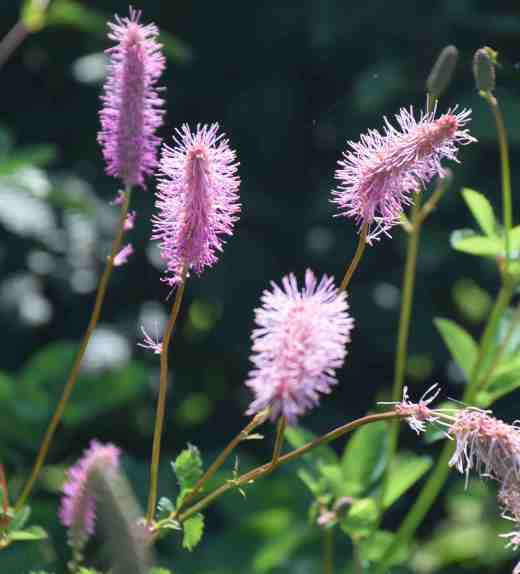
It seems appropriate in a week when the world seems to be obsessed with everything pink, to mention Sanguisorba obtusa. I confess that I have always considered sanguisorbas as second rank perennials and they have never really excited me. I think part of that is because I tend to ‘kick back’ at fashions such as prairie planting and the ‘buttony’ sanguisorbas such as S. officinalis do not appeal to me. I do have ‘Shiro-fukirin’ but I am not quite sure why. It has sea-green, divided leaves, often described as ‘rowan like’ edges with the thinnest of white lines and stiffly branched stems, up to 2m high, with claret ‘buttons’ or ‘pencil erasers’. It has reverted badly but it hardly matters. These are plants loved by advocates of ‘prairie planting’ and creates an airy display that associates well with grasses and verbena. On the plus side it is tough and hardy but it doesn’t light my fire. As the borders get fuller and I need the space I will be reducing the clumps or try it in less desirable places. ‘Little Angel’ seems to be a better plant, of much more compact habit (25cm) and brighter variegation, tinged with pink, and might be worth a try.
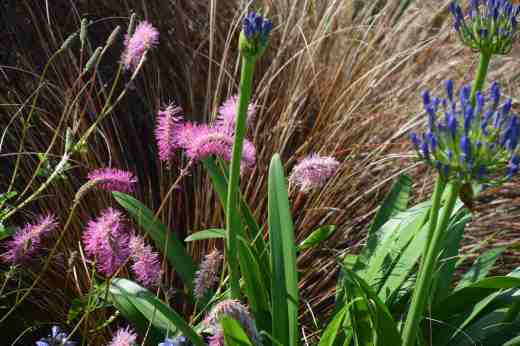
Sanguisorbas are in the rose family but it is not that obvious and the heads of blooms have no discernible petals, the colour coming largely from the long stamens. Sanguisorba obtusa has flowerheads with long stamens, typically in pink and is a much more showy flower and the leaves, in grey green, are just as attractive. There are improved kinds but I have the ‘straight’ species and it pleases me. It is rather tall and can be floppy, but I don’t stake it and let it do its thing because I like the arching flowerheads popping up among other things. The flowers are very tactile and a lovely sugar pink that sparkle in the garden and work well with the bronze carex in front, though you won’t get this effect if you are better organised and stake your sanguisorba.
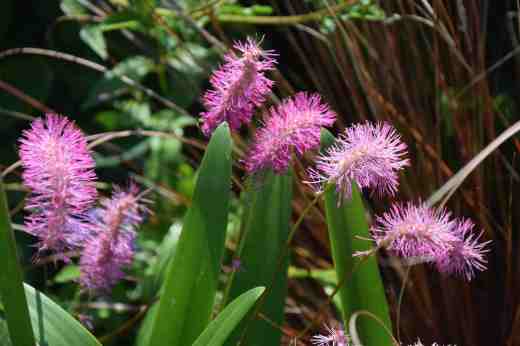
In winter the stems and flowerheads may remain but they need cutting down in winter or spring when you can divide clumps. They are quite woody in all parts and at the base. They tolerate most soils and sun or part shade and need no special care. Their ease of culture, and tolerance of both wet and dry soils is a feature in their favour and the more I think about ‘Little Angel’ the more I think I need to get it.
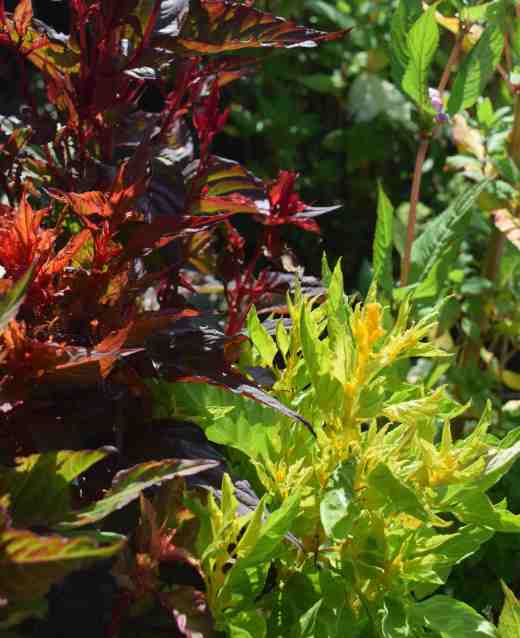
The same cannot be said of celosias, which need more warmth that I can provide in the garden outside. I definitely don’t like the cristate, cockscomb types that resemble brains when grown well. But I have a strange fascination for the ‘normal’ kinds with feathery plumes of microscopic flowers in neon shades. The flower colour is usually demonstrated by the leaf colour too and yellow leaves mean yellow flowers. The plants are very fleshy but they don’t seem attractive to slugs and snails, which is curious and welcome! Plants in outside borders are struggling but some in a container in a sunny spot, are doing well. Those in the polytunnel are the biggest and are there to provide cut flowers – they last well in water.
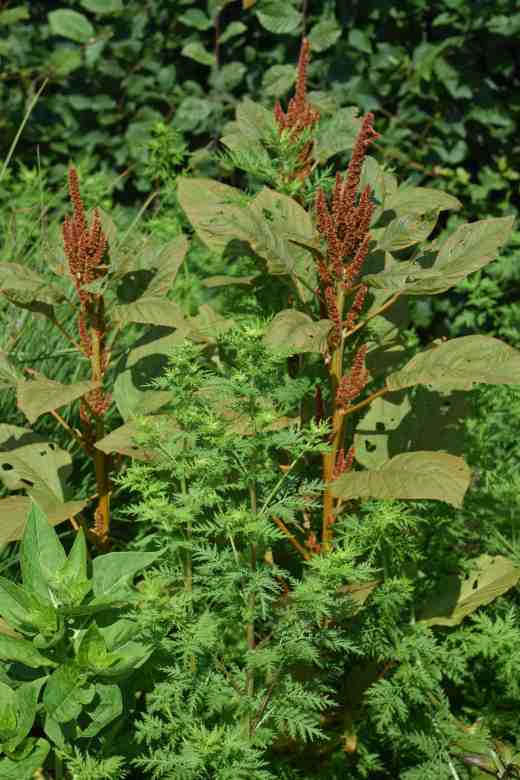
Related, but much more robust and easy, are the amaranthus and this year I am not growing my usual red-leaved kinds but the brown ‘Hot Biscuits’. This just gets better as it matures and, apart from the main stem, sideshoots provide smaller flower clusters, again good for picking if the leaves are removed. If I don’t pick them all the seeds are valuable for wild birds. Here it is in the border with sweet annie (Artemisia annua) which I adore for the resinous, aromatic foliage. I am pleased that it has begun to selfseed in the garden though these plants were grown from seed and planted out in May. The plant contains artemisinin, a chemical that was discovered to be a treatment for malaria in 1972 and now widely used. The plant has been used in traditional Chinese medicine for centuries but I just like the feathery leaves and the smell. When cut and dried, the foliage releases the fragrance for many months.
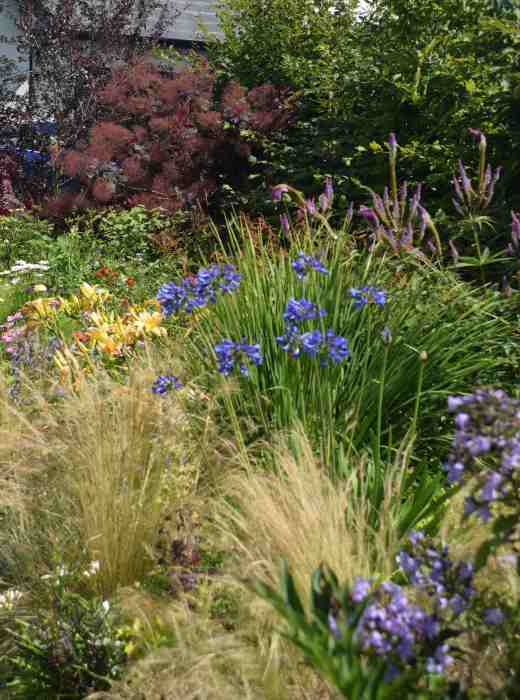
And when it comes to feathery you can’t beat pony tail grass, Nasella tenuissima. This Mexican, perennial grass is easy to accommodate in any garden and though I originally grew it from seed it has seeded itself about the place. In theory it needs well drained soil and full sun but it seems to grow in a range of places. It is upright and takes up little space and is constantly on the move, in the slightest breeze and Mia the cat loves it for play time, pouncing on it and rummaging among the plants. It can be trimmed sown after flowering to prevent seeding if necessary and avoid the strawy look later in summer but I like it at every stage.
The sanguisorbas have always found a special place among those plants I dislike.
You have such a nice turn of phrase!
I don’t usually go for pink flowers, but those are so pretty…